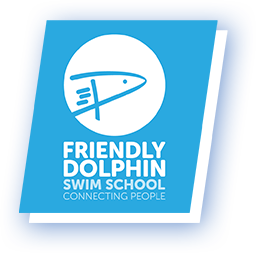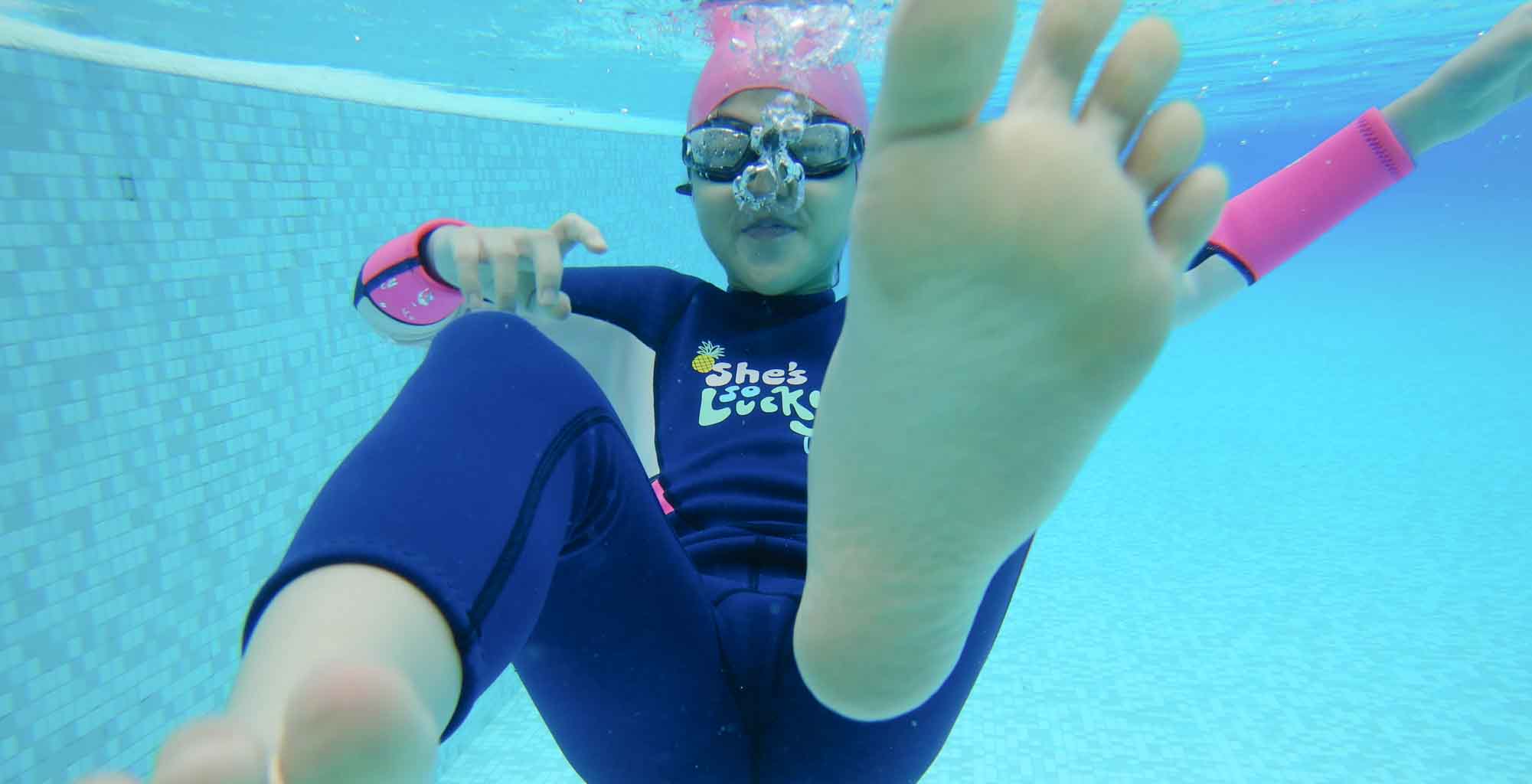Front Crawl Swimming
Freestyle
Motion with support swimming drills
Freestyle
Movement without support
Freestyle
Movement without support independent practice
Introduction To Front Crawl
The front crawl is done in a prone posture, where the pupil breathes rhythmically to the side while keeping their face in the water and their body roughly horizontal. As the learner constantly kicks with the flutter kick and gently twists their body, the arms advance in opposition. The student uses the flutter kick to kick when breathing. The pupil should turn her head to the side of her out-of-water arm when breathing, not forward. The human stroke is a version of the front crawl in which the breathing is to the front or side and the arms are not fully out of the water.
Usually, the swimmer starts in a doggie paddle, lowering the elbow and then the hand progressively out of the water before moving on to the front crawl. Since the front crawl is frequently selected by swimmers in freestyle competitions because it is the fastest stroke for many, it is sometimes referred to as the freestyle stroke.
The front crawl is the fastest and most efficient strokes to learn among all the other strokes. In order to swim well for the front crawl, you need to maintain a good streamlined position and continuous effective propulsion from the arms and legs. This streamlining positioning swimming technique is the main reason why this is one fast and efficient swimming stroke.
For more details of the elements and front crawl, techniques do also check this article for more information on swimming faster with front crawl.
The alternating action of the arms and legs are generally easy on the joints; the whole stroke generally develops aerobic capacity faster than any other stroke. In competitive swimming terms, we most commonly referred it to as freestyle.
We usually encourage working from many simple and easy to understand bite-size swimming instruction. This is easy to perform swimming drills when broken down into parts. This system has been used and improvised throughout the years and had been proven effective for all students with different learning styles.
This stroke correction will work on five fundamentals of any swimming strokes:
This article helps address all fundamentals and the important drills used to correct freestyle or front crawl swimming.
Front Crawl (Body Position)
Always maintain a streamlined body position for front crawl swimming and try to remain as flat as possible on the water surface. The waterline focused on the head position should be around the natural hairline with eyes looking forward and down.
Shoulders remain at water surface level and roll from side to side with the arm pull action. Hips should maintain close to the water surface rolling together with the arm strokes. Legs shall remain in line with the body and try to keep both knees closer together.
Front Crawl (Leg Action)
The leg action of a freestyle or front crawl is taught after mastering body position. The kicking should originate from the hip and both of the legs should kick with the same amount of force.
The leg movement used during freestyle swimming is called the flutter kick. The action will move alternately with one leg kicking downward while the other leg moving upward.
The up and down kicking alternating action will create propulsion mainly coming from the down kick. While the leg provides only a small component to the overall speed. This propulsion from the legs create propulsion and stabilizes the body position for a more efficient swim.
The legs are bend very slightly at the knees during every kicking cycle. These slight knee bend help to produce propulsion needed on the down kick.
Frequent mistakes committed by beginners are that the legs might be bending too much or kick too high up causing the leg to come out of the water creating too many splashes.
The ability to flutter kick is crucial for stability and propulsion in the water. Instead of starting at the knee, the kick should start at the hip. In order for the heels to barely break the water’s surface, the legs in the flutter kick move up and down in opposition while remaining largely straight with a tiny knee bend. During the front stroke (front crawl) and backstroke, the feet kick around 10 inches (25 cm) below the surface, and the torso usually rolls slightly to the right and left.
Front Crawl (Arm Action)
The leg action of a freestyle or front crawl is taught after mastering body position. The kicking should originate from the hip and both of the legs should kick with the same amount of force.
The leg movement used during freestyle swimming is called the flutter kick. The action will move alternately with one leg kicking downward while the other leg moving upward.
The up and down kicking alternating action will create propulsion mainly coming from the down kick. While the leg provides only a small component to the overall speed. This propulsion from the legs create propulsion and stabilizes the body position for a more efficient swim.
The legs are bend very slightly at the knees during every kicking cycle. These slight knee bend help to produce propulsion needed on the down kick.
Freestyle swimming requires a streamlined position, as well as a continuous alternating action, which provides the majority of the power and propulsion of the entire front crawl.
Front crawl arm action consists of four phases:
Arm action for front crawl consists of 4 phases, mainly the entry, catch, propulsive phase, and recovery phases.
Entry Phase: Hand enters the water at a 45-degree angle, fingertips first, thumb side down. Hand entry should be between shoulder and headline with a slight elbow bend.
Continuous and alternating action of the arm movement provides the majority of the power and propulsion of the entire stroke.
Catch phase: The hand reaches forward under the water without stretching too much.
The arm will fully extend under the water surface at all times, avoid shoulder impingement, and overreaching as mentioned from the last pointer.
Propulsive phase: The hand will sweep through the water downward, inwards, and upwards.
Elbow maintains high at the end of the down sweep and remains high throughout the in-sweep.
The hand pulls all the way through to the thigh and upwards with a high elbow to the water surface. Make sure arms are fully through so that it does not obstruct the way of the face later during breathing and timing.
Recovery phase
Swimming efficiency is affected greatly at this stage, and it is good to do it right every time. A great deal of forwarding propulsion will improve as well as the swimming timing. A great arm recovery, in turn, will also lead to a greater deal of momentum and rhythm of the stroke; therefore, it is crucial to position your elbows and hands correctly.
Here are some steps to better correct your arm recovery phase:
Frequent mistakes committed by beginners are that the legs might be bending too much or kick too high up causing the leg to come out of the water creating too many splashes.
Front Crawl (Breathing)
Breathing the “right” way is crucial when it comes to swimming. If you breathe wrongly, it will lead to problems like:
Always make sure only to exhale when your face is inside the water, and be aware that the position of your breathing affects the efficiency of the whole stroke.
For freestyle swimming, you will inhale (breathing in) when your head turns to the side, with your mouth clearing the water surface. And exhale when your head faces forward and looking down.
Here are the steps and cues to look out for during breathing exercises and drills.
Front Crawl (Timing)
Timing is the last stage of mastering any swimming stroke. Your arms should provide continuous power and propulsive alternating action while leg kicks remain continuous and alternating.
Below I will illustrate the 3 kinds of leg kicks repetition drills commonly used for swimming freestyle
Front Crawl Key Teaching Methods
Front Crawl Body Position Drills
- Poolside holding static drill
- Static practice with floats
- Star float prone position
- Push and glide from standing position
- Push off and glide from the side with hands holding the floats.
- Push and glide from the poolside
Front Crawl Leg Action Drills
- Sitting and kicking from the poolside
- Leg kick with float held under each arm
- One float held with both hands – flutter kicking action at legs
- Push and gliding with freestyle flutter kicking action
- Flutter kicking with float held in front vertically
Front Crawl Arm Action Drills
- Poolside land drill on the poolside or shallow water
- Single-arm practice with float held in one hand
- Alternate arm pulls while holding a float out at the front
- Alternate arm action with a pull buoy
- Push and gliding with alternating arm cycles
Front Crawl Breathing Drills
- Poolside holding and standing breathing practice
- Holding a float in front with diagonal grip
- Float held in one hand and arm action with breathing to the side
- Float held in both hands, alternate the arm pull with breathing
Front Crawl Timing Drills
- Catching up 3 seconds alternate pull
- Full stroke drills
Risks and Common Errors
Alignment
1. Swimming the crawl with head lifting up to breathe increases drags and strains the neck and back.
2. The traditional high elbow catch put a lot of undue tension on the shoulders, which can lead to forming tendonitis.
Timing
1. Most people do windmill action such as automatically pulling the extended arm back while the recovering arm moves through the air. This action does not produce an effective hold on the water.
2. Many waste too much energy by moving the legs too quickly. A slower, steadier rhythm is more appropriate if you wish to swim longer distances.
Propulsion
1. Many people pull their arms straight back in the water, rather than bending the elbow and flexing the wrist to achieve a more effective anchor before application of the propulsive force.
2. The common practice of actively kicking the legs out of the water used by many swimmers can eventually strain and injure the lower back.


